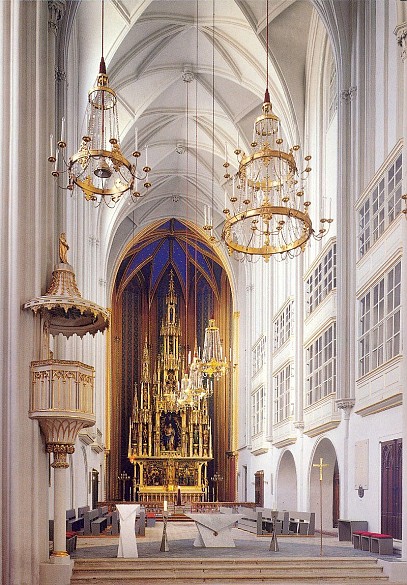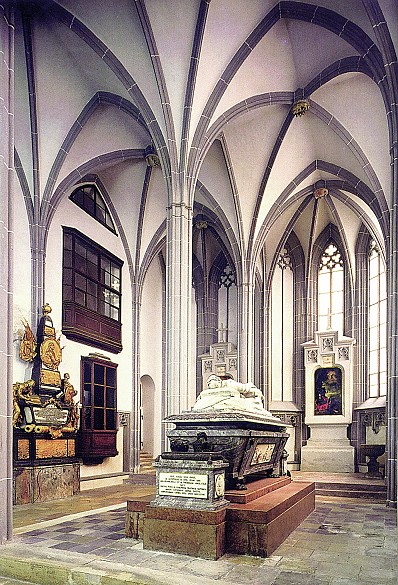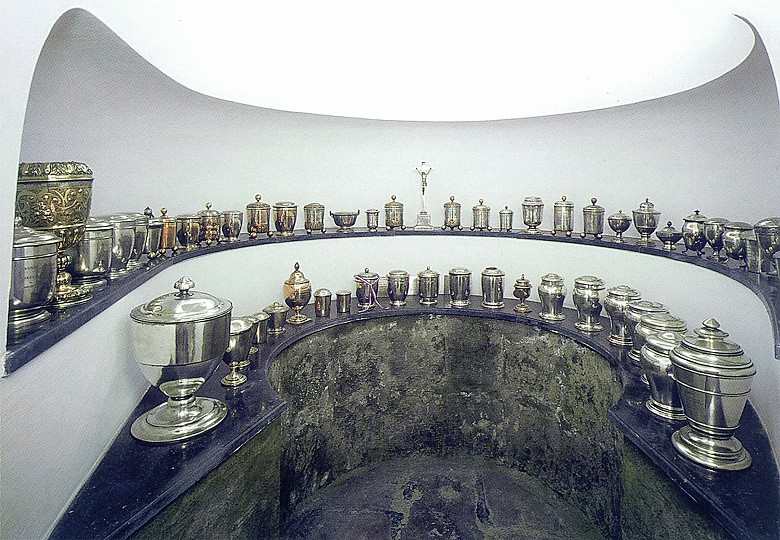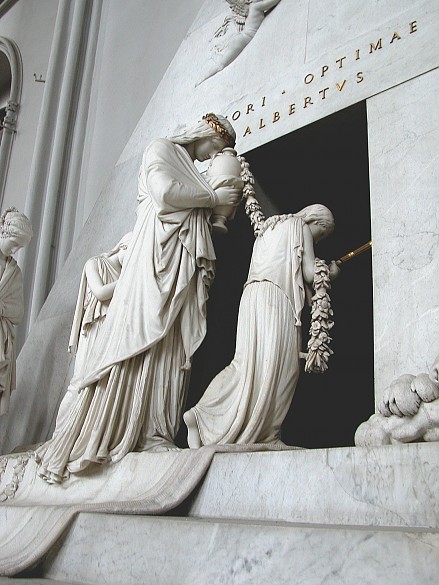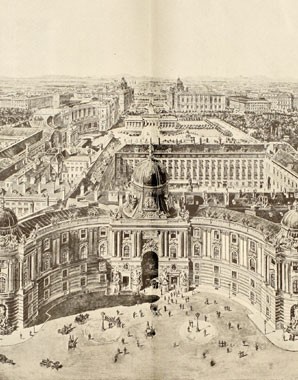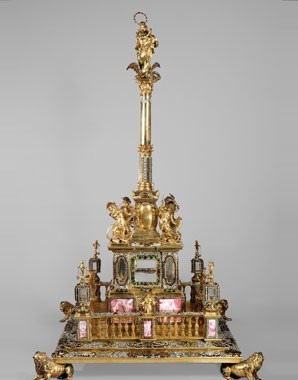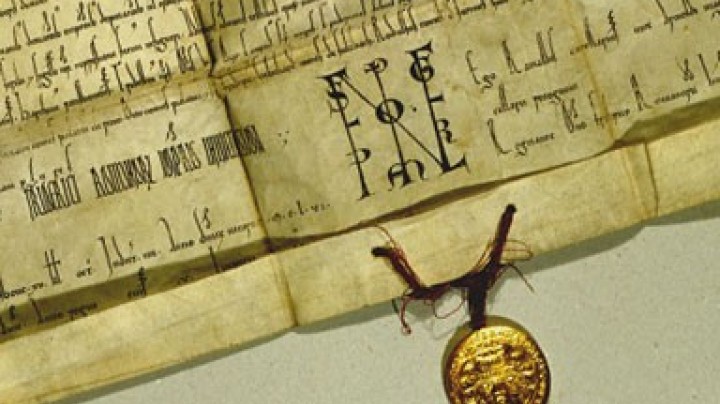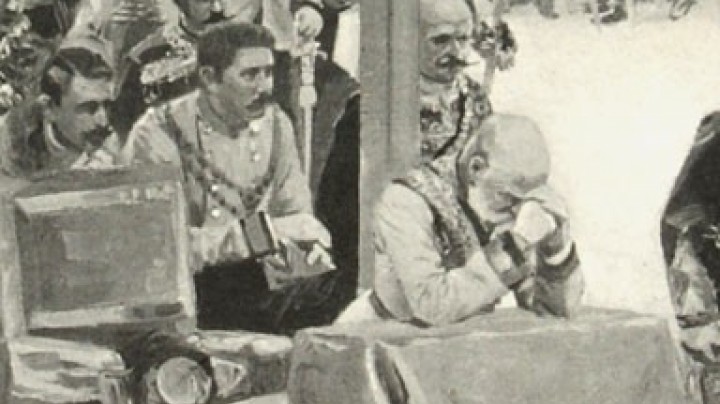The Habsburg Court monastery – St Augustine’s
Of all the Viennese monastic churches, the Augustinerkirche (Church of St Augustine) is closest to the Habsburg Court through its immediate proximity to the Hofburg alone. However, the connection was also of a spiritual as well as a structural nature.
The Augustinian monastery in Vienna goes back to Duke Frederick I (‘the Fair’), who established the Hermits of St Augustine directly next to the Hofburg in 1327 and initiated the building of the second largest Gothic church in Vienna after St Stephen’s Cathedral.
The Hermits of St Augustine were originally an anchorite order which later devoted itself increasingly to missionary work and teaching. The Vienna convent became one of the leading ones in Central Europe and produced outstanding scholars, among them the author of the ‘Chronicle of 95 Seigneurs’ named as ‘Leopold of Austria’. This hugely influential late fourteenth-century work on Austrian history had a strong pro-Habsburg bias and linked the new Habsburg regency in Austria to the historic traditions of the Land.
The Augustinian convent grew to become the Habsburg Court monastery and the favoured setting for Court religious ceremonies. Thus, St George’s Chapel, part of the monastery complex, served as the assembly room for the Order of the Knights of St George, a Habsburg chivalric order in keeping with the courtly vogue of the late Middle Ages, though of brief endurance. The Augustinerkirche enjoyed a longer tradition as the Habsburg matrimonial church; most Habsburg weddings were held here, for example that of Franz Joseph and Elisabeth in 1854. The Habsburgs felt an exceptional emotional bond with the Loreto Chapel erected in the central nave of the church in 1627 (later removed under Joseph II). It was a Marian sanctuary typical of the Habsburg piety of the Counter-Reformation and, as the imperial private chapel, the original location of the Herzgruft, the ‘heart tomb’ where the hearts of the Habsburgs were interred.
The church was made the Court parish church in 1634 and the Augustinian monks took over pastoral duties for the members of the imperial Court. The high status of the Augustinerkirche for Court society is reflected in its growing use as an exclusive place of burial for the Court nobility.
The monastic reforms of Emperor Joseph II led to a gradual reduction in the numbers of monks until the monastery was finally dissolved in 1836 (the monastery was not reactivated until 1951, again by Augustinians). However, the Court parish continued to be run by secular priests until 1918.
